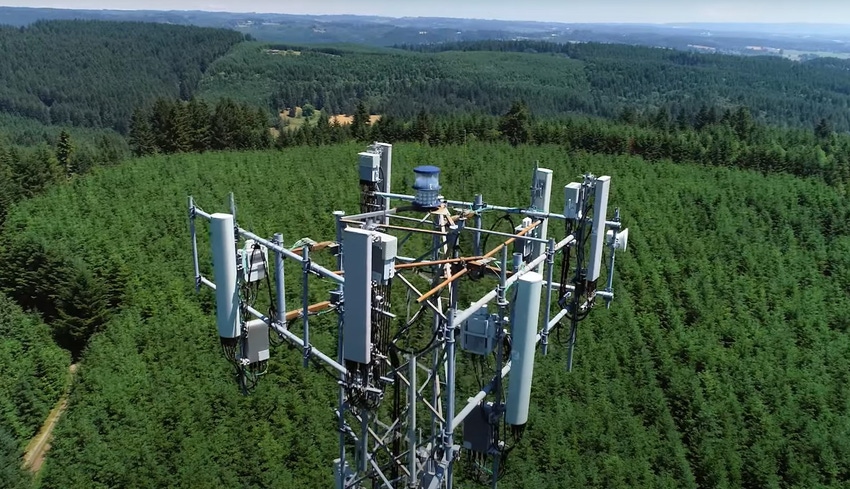T-Mobile, Pano AI and Portland General Electric are deploying 5G-connected cameras to enable an AI-powered active detection system designed to help emergency services stop wildfires early.
September 21, 2022

T-Mobile, Pano AI and Portland General Electric are deploying 5G-connected cameras to enable an AI-powered active detection system designed to help emergency services stop wildfires early.
US operator T-Mobile, disaster focussed tech provider Pano AI, and Portland General Electric have all clubbed together to set up a series of 5G-connected cameras near Portland, Oregon that plug into an AI detection system designed to spy the first signs of wildfires and let emergency services deal with them quicker than they otherwise would.
Pano AI brings to the table the ultra-high-definition cameras and its AI platform which constantly scans the surrounding area for anything that looks like the beginning of a wildfire in the very early stages. We’re told the bandwidth of the 5G network allows Pano AI to gather up the video feeds in sufficiently high definition as to make such a thing effective, and it is all processed in its command centre in real time.
“This is why we’ve been focused on building a 5G network for all – not just in densely-populated areas but across the country, into rural communities and remote environments as well,” said Neville Ray, President of Technology at T-Mobile. “Pano AI has developed an innovative solution that is poised to save lives and limit the devastation often caused by wildfires, and it’s both humbling and rewarding that T-Mobile’s 5G network is uniquely positioned to help bring it to life.”
Sonia Kastner, CEO of Pano AI added: “Firefighters are looking for ways to detect, confirm and pinpoint a fire within minutes, and modern technology makes that very possible. Wildfire detection is especially important in rural and remote areas, and thanks to the long range of T-Mobile’s 5G network, we can bring Pano AI’s solution to some of the most vulnerable locations across the country.”
Any practical tech deployed in the field which seems to be capable of doing some good is worth celebrating as a example of progress, and systems like this in particular have the potential to be pretty useful bearing in mind some of the devastating wildfires the US has seen this year.
The announcement asserts that there is something about the bandwidth intensive nature of scanning large areas of land in sufficiently high definition so as to make the whole thing work that means 5G is actually an enabler to this system. If so that puts it in the category of a seemingly genuine use case for 5G deployment, where so many others fail to explain why any of what they are describing couldn’t be done using existing 4G tech.
Get the latest news straight to your inbox. Register for the Telecoms.com newsletter here.
About the Author(s)
You May Also Like








.png?width=300&auto=webp&quality=80&disable=upscale)


_1.jpg?width=300&auto=webp&quality=80&disable=upscale)


.png?width=800&auto=webp&quality=80&disable=upscale)